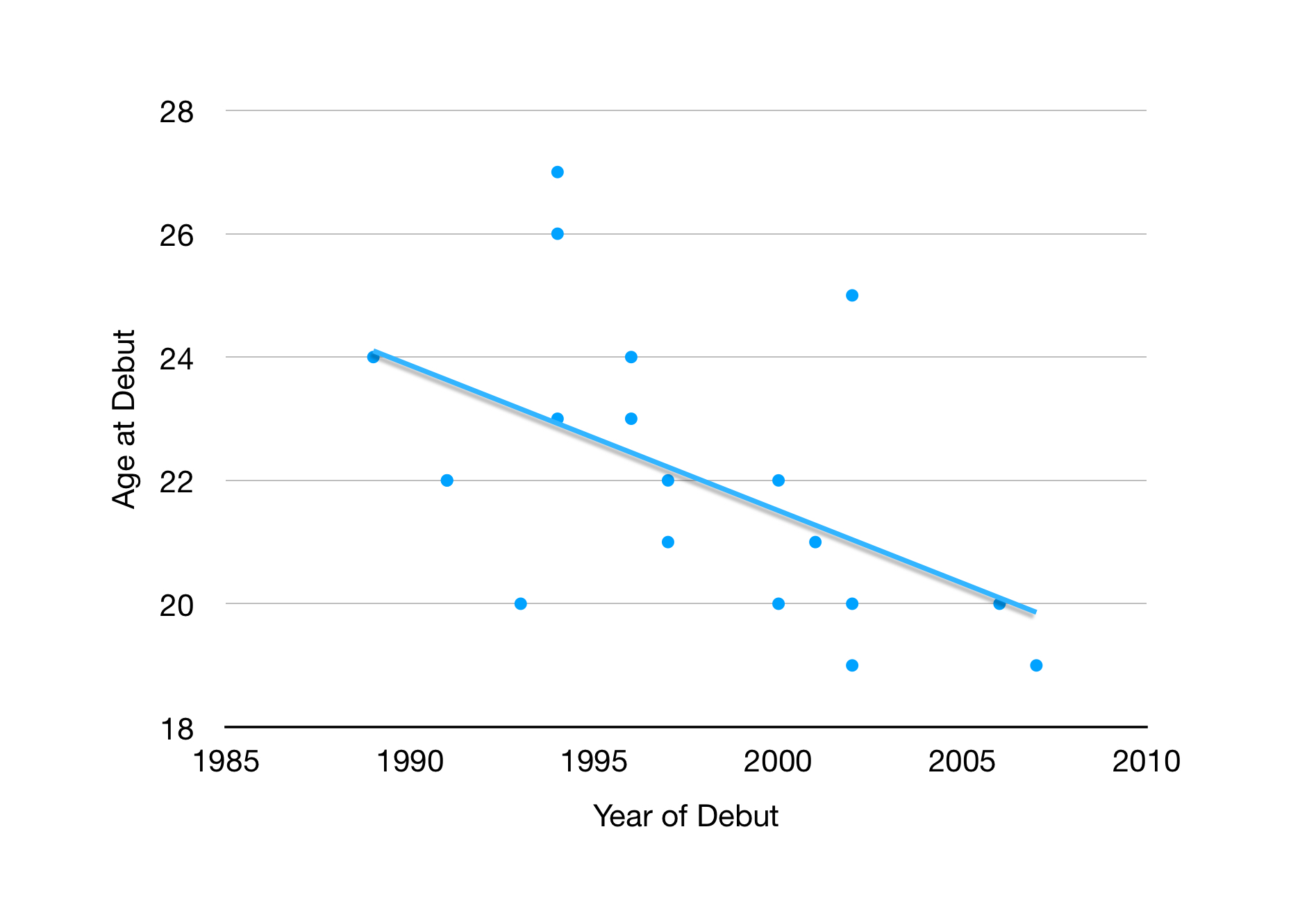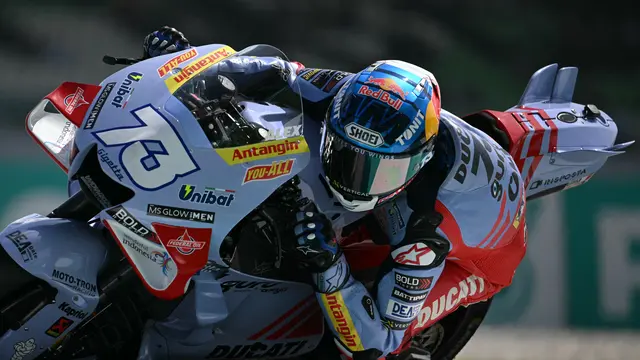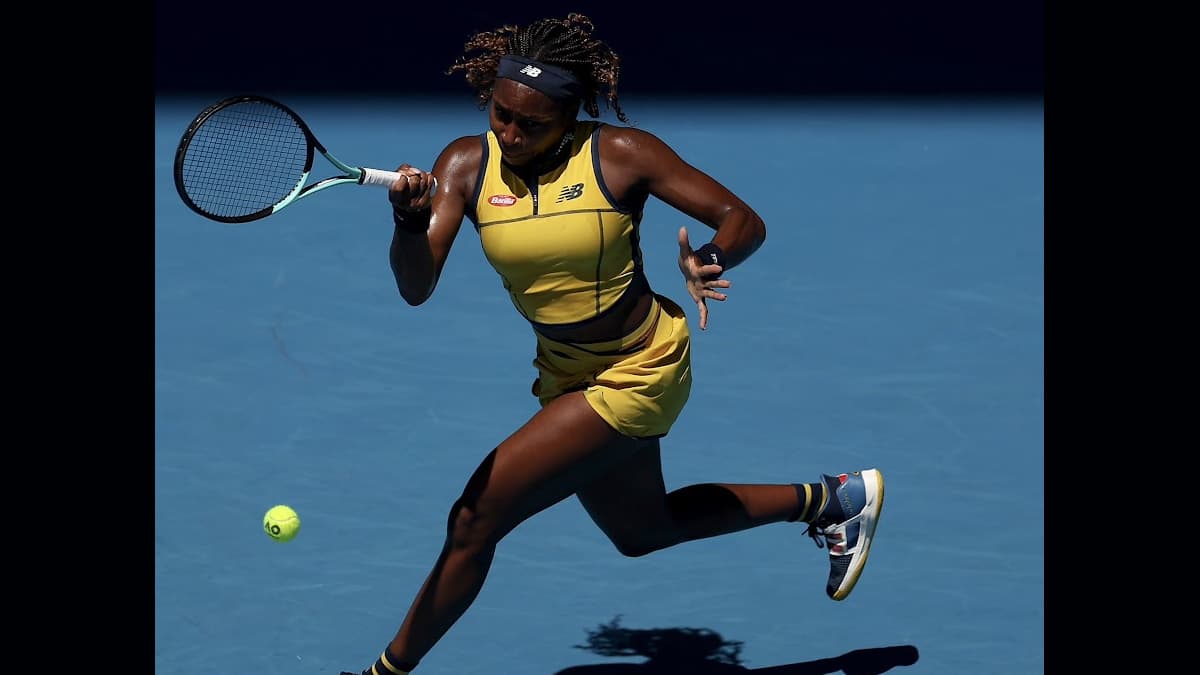Analyzing The Careers Of F1 Drivers Over 40

Table of Contents
The Rarity and Significance of F1 Drivers Over 40
The sight of a driver competing at the highest level of Formula 1 in their forties is a relatively rare occurrence. This rarity underscores the extraordinary physical and mental demands of the sport. Let's examine the factors contributing to this rarity:
The Physical Demands of F1 Racing
Formula 1 racing is brutally demanding on the human body. The intense G-forces experienced during cornering, braking, and acceleration place immense strain on the cardiovascular system and musculoskeletal structure. As drivers age, maintaining peak physical condition becomes increasingly challenging.
- G-force tolerance: The ability to withstand high G-forces diminishes with age, impacting performance and potentially leading to physical discomfort or injury.
- Cardiovascular fitness: Maintaining a high level of cardiovascular fitness is crucial for endurance and recovery. Older drivers often require more rigorous training to compensate for age-related decline.
- Hand-eye coordination: Rapid reaction time and precise hand-eye coordination are paramount in F1. Age can subtly affect these crucial skills, requiring drivers to adapt their techniques and strategies.
- Intense heat and pressure: The confined cockpits, combined with the physical exertion, create an extremely hot and stressful environment. Older drivers may find it more challenging to manage these conditions compared to younger competitors.
Comparing F1's physical demands to other professional sports highlights the exceptional longevity of some drivers. Many sports have clear age-related performance drops and retirement ages, unlike the more fluid nature of F1 driver careers.
The Statistical Analysis of Drivers' Performance After 40
While statistically less frequent, some drivers have demonstrated remarkable performance even after turning 40. Analyzing the data reveals a more nuanced picture. We need to consider individual cases, and there is no single definitive answer on the decline of performance.
- Examples of successful drivers over 40: Fernando Alonso's consistent performance into his late 30s and early 40s serves as a prime example. Michael Schumacher's later career, while less successful than his peak, still displayed moments of brilliance. Analyzing their race wins, podium finishes, and championship points earned in their 40s allows us to evaluate their continued competitiveness.
- Average performance decline compared to their peak years: A statistical comparison of drivers' performance in their 30s versus their 40s could reveal average performance decline. However, this would need to account for individual differences in physical condition, technological advancements in cars, and team dynamics.
- Data source mention: This analysis requires data from official F1 sources like the Formula 1 website and reputable statistical databases specializing in motorsports statistics.
Strategies for Longevity in Formula 1
Extending an F1 career into one's forties requires a multifaceted approach encompassing physical conditioning, mental resilience, and strategic adaptability.
Maintaining Peak Physical Condition
Maintaining peak physical condition is paramount. This goes beyond simply staying fit; it necessitates a rigorously planned and constantly adapted regime.
- Examples of specific training methods: Specialized training programs focusing on cardiovascular fitness, strength training, and reaction time exercises are crucial. Simulators play a key role in training drivers without requiring physical driving.
- Technological aids: Data analysis of driver performance, combined with personalized training plans, allows for targeted improvements and injury prevention.
- Importance of sleep and recovery: Adequate sleep and optimized recovery strategies are vital for physical and mental recuperation, especially as the body ages.
Mental Fortitude and Experience
Years of experience translate into invaluable mental resilience and strategic thinking. The mental game in F1 is just as crucial as the physical one.
- Examples of drivers known for their strategic brilliance and mental resilience: Drivers with a proven ability to manage pressure and make crucial decisions under extreme duress often excel later in their careers. This strategic brilliance is a key differentiator.
- How experience contributes to better decision-making under pressure: Experience allows for better anticipation, risk assessment, and adaptation to changing race conditions. Years of on-track experience and data analysis provide insights inaccessible to younger drivers.
Team Dynamics and Driver Management
The support and management provided by the team plays a significant role in the longevity of an older driver's career.
- Importance of team chemistry and communication: A supportive team environment that fosters open communication and collaboration can significantly ease the pressures faced by older drivers.
- Adaptability and willingness to learn new technologies: A driver's willingness to adapt to new technologies and car designs, coupled with a team's understanding of how best to support them, determines their continued competitiveness.
Challenges Faced by Older F1 Drivers
Despite the successes of some drivers over 40, several significant challenges remain.
Competition from Younger Drivers
The inherent physical advantages of younger drivers present a formidable challenge.
- The physical advantages of younger drivers: Younger drivers generally possess faster reaction times, greater stamina, and improved physical resilience, making them naturally more competitive.
- The pressure to perform consistently against younger rivals: The constant pressure to perform at a consistently high level against younger, physically superior rivals is significant for older drivers.
Contract Negotiations and Career Transitions
Securing contracts and navigating career transitions pose unique difficulties for older F1 drivers.
- Decreased sponsorship opportunities: Older drivers might find it more challenging to attract lucrative sponsorships compared to their younger counterparts.
- The pressure to retire gracefully: The pressure to retire gracefully can be immense, particularly for drivers who remain competitive but find themselves without a seat.
- Alternative careers for former F1 drivers: Many successful drivers transition into team management, broadcasting, or other roles within the motorsport industry.
Conclusion
Analyzing the careers of F1 drivers over 40 reveals a fascinating interplay of physical resilience, mental fortitude, and strategic adaptability. While the physical demands of F1 undoubtedly favor youth, experience and strategic brilliance can extend a successful career. The challenges faced by these drivers highlight the intense competition and the need for exceptional physical and mental conditioning. Drivers who successfully navigate these challenges often achieve remarkable longevity, proving that age is not an insurmountable barrier in the world of Formula 1. To further explore this topic, research "F1 drivers aged over 40", "successful F1 drivers in their 40s", or "analyzing F1 driver longevity" to discover more about this captivating aspect of the sport.

Featured Posts
-
 Find Your Perfect Fit Top Nike Running Shoes For 2025
May 26, 2025
Find Your Perfect Fit Top Nike Running Shoes For 2025
May 26, 2025 -
 Klasemen Moto Gp Analisis Setelah Marc Marquez Menangkan Sprint Race Argentina 2025
May 26, 2025
Klasemen Moto Gp Analisis Setelah Marc Marquez Menangkan Sprint Race Argentina 2025
May 26, 2025 -
 Office365 Account Compromise Nets Millions Fbi Investigation Reveals
May 26, 2025
Office365 Account Compromise Nets Millions Fbi Investigation Reveals
May 26, 2025 -
 Martin Compstons Glasgow Thriller A Cinematic Shift From Scottish Charm To La Noir
May 26, 2025
Martin Compstons Glasgow Thriller A Cinematic Shift From Scottish Charm To La Noir
May 26, 2025 -
 Zheng Returns To Rome Last 16 Dominant Win Over Frech
May 26, 2025
Zheng Returns To Rome Last 16 Dominant Win Over Frech
May 26, 2025
Latest Posts
-
 Production Design The Phoenician Schemes Visual World Bts
May 28, 2025
Production Design The Phoenician Schemes Visual World Bts
May 28, 2025 -
 The Phoenician Scheme A Look At The Worlds Creation Bts
May 28, 2025
The Phoenician Scheme A Look At The Worlds Creation Bts
May 28, 2025 -
 Behind The Scenes Building The World Of The Phoenician Scheme
May 28, 2025
Behind The Scenes Building The World Of The Phoenician Scheme
May 28, 2025 -
 Bts Featurette The Making Of The Phoenician Scheme World
May 28, 2025
Bts Featurette The Making Of The Phoenician Scheme World
May 28, 2025 -
 Creating The World Of The Phoenician Scheme A Bts Featurette
May 28, 2025
Creating The World Of The Phoenician Scheme A Bts Featurette
May 28, 2025
